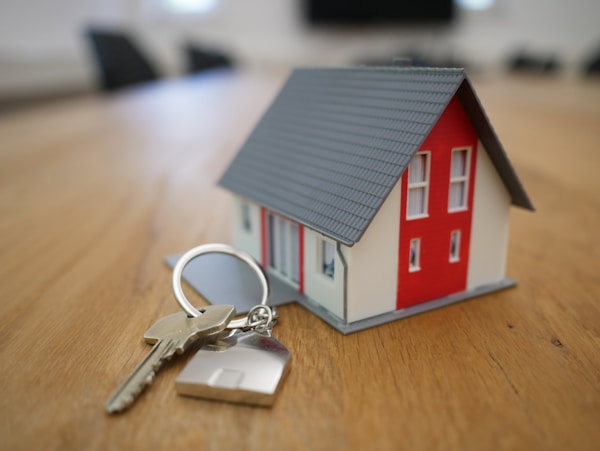Are you considering making the jump from renting to homeownership? The process can seem intimidating and overwhelming at first, but with the right guidance, you can make a smooth transition. Keep reading to learn how you can make the transition from renter to homeowner with ease.
Look into a home warranty.
Home warranty companies can be a great resource for renters looking to transition into home ownership. A warranty company provides protection against unexpected repairs, which is especially beneficial when purchasing an older home or one with pre-existing problems. With a home warranty policy, the homeowner can rest assured that they are covered in case of major repair needs such as faulty wiring or plumbing issues. Furthermore, if something malfunctions due to normal wear and tear within the first year of ownership, the warranty company will cover most (if not all) of the replacement costs without requiring expensive out-of-pocket expenses on your end.
When considering a home warranty, it’s important to read through coverage details carefully and make sure you understand exactly what type of repairs are included in the plan. Additionally, it’s wise to compare different companies and plans in order to find one that best suits your budget and particular needs as a homeowner. Some may offer more extensive coverage options than others at varying price points depending on how much risk you want to insure yourself against should any unforeseen repair costs arise down the road. Ultimately though, having a good understanding of what kind of coverage is available from warranty companies before making any commitments can help ensure a smooth transition from renter status into homeownership.
Budget for home repairs.
When you’re a homeowner, it’s important that you budget for future home repairs and maintenance costs. One tool that can provide some much-needed clarity for how much to budget is an instant roof estimate. This estimate is generated by taking into account factors such as your home’s age, size, type of roof material used, pitch of the roof, and other environmental conditions that may affect its longevity. The result provides an accurate assessment of what it will cost to replace or repair your existing roof based on current market rates for materials and labor.
Knowing exactly how much money you need to budget for this important part of home maintenance gives you greater control over your overall financial planning when making the switch from rental living to homeownership. Having access to this information upfront also makes it easier for potential buyers to compare different properties side by side so they can make more informed decisions about where they want their future residence to be located. In short, having an instant roof estimation offers homeowners peace of mind that their investment in a new property won’t break their bank account before they even move in.
Research different types of mortgage loans.

When it comes to transitioning from renting a home to purchasing one, researching the various types of mortgage loans available is an important step in making sure you are getting the right loan for your financial situation. The first type of loan to consider when looking at mortgages is a fixed-rate mortgage. This type of loan offers borrowers a set interest rate with payments that remain consistent throughout the life of the loan, which typically ranges from 10 to 30 years depending on individual needs and circumstances. Fixed-rate loans offer stability and predictability as monthly payment amounts stay consistent even if interest rates rise or fall over time. However, because this stability comes with higher interest rates than other types of mortgages initially, fixed-rate mortgages tend to be more expensive in terms of total cost over time compared to other options such as adjustable-rate mortgages (ARMs).
Adjustable-rate mortgages feature lower initial interest rates than their fixed counterparts but come with some risk associated due to their variable nature; payments can increase significantly after predetermined periods based on changes in market conditions or economic trends. ARMs often have caps that limit how much they can increase each year and maximums that establish limits for lifetime increases; however, these tools may not fully protect borrowers against unexpected spikes in periodic payments should market conditions prove unfavorable during any given period within the term length chosen by each borrower.
Find the right property for you.

Start by researching different neighborhoods and areas where it may be possible to buy a home. This will help narrow down potential options by allowing individuals to factor things such as access to amenities, schools, public transportation, cost of living, etc., into decision-making processes when considering properties. It’s also important to consider what type of housing would work best with your current lifestyle – whether it’s something like a single-family house or townhouse – as well as any special features desired (e.g., number of bedrooms or bathrooms). Once this step has been completed, then it’s time to move on to the next stage: setting up appointments with real estate agents who specialize in helping people find suitable homes within their budget range and desired area(s). After you find the right property, you’ll need to make an offer and see if the home seller accepts. You’re on your way to becoming a homeowner!
Overall, this is an accessible roadmap to the home-buying process. This guide is an invaluable resource for those considering taking the plunge into homeownership.







